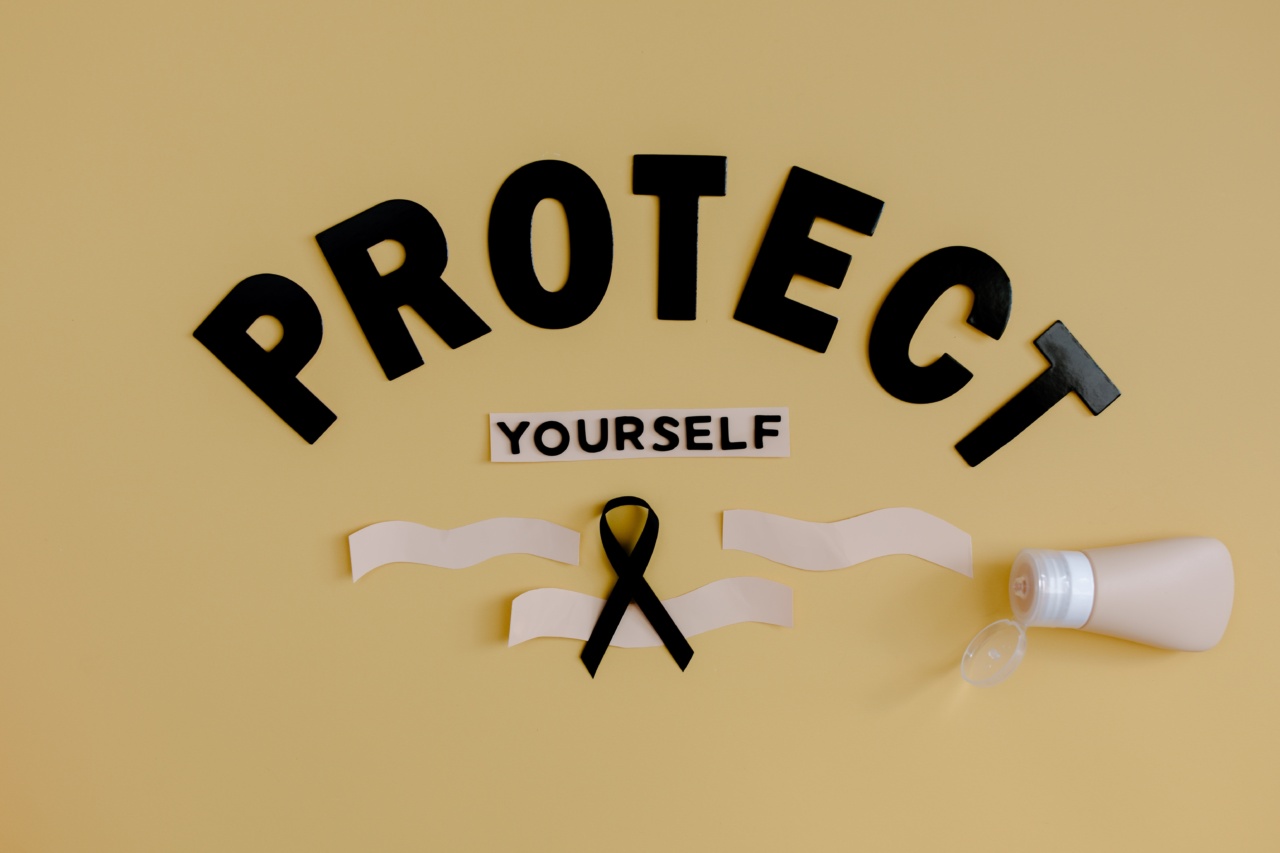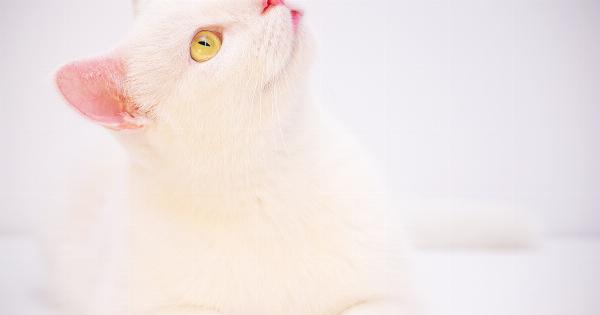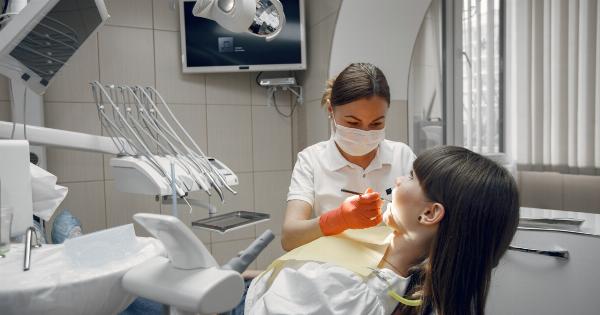Skin cancer is the most common form of cancer worldwide. It occurs when skin cells start to grow abnormally, usually as a result of exposure to ultraviolet (UV) radiation from the sun or tanning beds.
There are various types of skin cancer, including melanoma, basal cell carcinoma, and squamous cell carcinoma.
Importance of Early Detection
Early detection of skin cancer is crucial for successful treatment and higher chances of survival. Regular self-examination of the skin can help in spotting potential skin cancer.
Not only is it important to examine the skin on your body, but also to notice any unusual or suspicious growths on other objects, such as olives.
Spotting Skin Cancer on Olives
You may be wondering why it is important to examine olives for signs of skin cancer. While it is rare for skin cancer to develop on olives, it is possible for mold or fungal growth to occur.
Examining olives for unusual growths can help in identifying potential health risks and prevent the consumption of contaminated olives.
Step-by-Step Self-Examination
Performing a self-examination of olives is simple and can be incorporated into your regular routine. Here are the steps to follow:.
Step 1: Choose Fresh Olives
Start by selecting fresh, unspoiled olives for examination. Choose olives that are firm, without any visible signs of decay or damage. Fresh olives provide a better base for examination.
Step 2: Observe the Olives
Take a close look at the olives. Note their color, texture, and shape. Olives should typically have a uniform color, smooth texture, and symmetrical shape. Any deviations from these characteristics might indicate a need for further examination.
Step 3: Inspect for Irregularities
Inspect the olives for any irregularities, such as unusual growths, spots, or discoloration. Use a magnifying glass if necessary to get a more detailed view. Look for any changes in the olive’s surface, such as cracks, lesions, or raised areas.
These could be signs of potential skin cancer or mold growth.
Step 4: Note any Changes
Keep track of any changes you observe in the olives over time. If you notice any new or evolving irregularities, it is important to consult a healthcare professional or seek further evaluation.
Consulting a Healthcare Professional
If you are unsure about the findings of your olive examination or notice any concerning changes, it is recommended to consult a healthcare professional or dermatologist.
They can provide expert advice and perform necessary tests to determine if there are any health risks associated with the olives.
Preventing Skin Cancer
While examining olives for potential skin cancer is a unique precautionary measure, it is important to focus on preventing skin cancer in general. Here are some key preventive measures to consider:.
1. Limit Sun Exposure
Avoid prolonged sun exposure, especially during peak hours when the sun’s rays are the strongest. Wear protective clothing, seek shade, and use sunscreen with a high SPF.
2. Avoid Tanning Beds
Tanning beds emit harmful UV radiation, which significantly increases the risk of developing skin cancer. It is best to avoid them altogether.
3. Wear Protective Clothing
When spending time outdoors, cover your skin with long-sleeved shirts, pants, wide-brimmed hats, and sunglasses. This helps minimize UV exposure.
4. Use Sunscreen Daily
Apply sunscreen with a broad spectrum SPF of 30 or higher daily, even on cloudy days. Reapply every two hours and after swimming or sweating.
5. Perform Regular Self-Examinations
In addition to examining olives, regularly examine your skin for any changes or irregularities. Look for new moles, changes in color, size, or shape of existing moles, or any persistent sores that do not heal.
Conclusion
While the risk of finding skin cancer on olives is relatively low, incorporating the examination of olives into your self-care routine can help identify any potential health risks.
Remember to perform regular self-examinations on your body as well and follow preventive measures to minimize the risk of skin cancer. When in doubt, always consult a healthcare professional or dermatologist for guidance and further evaluation.






























